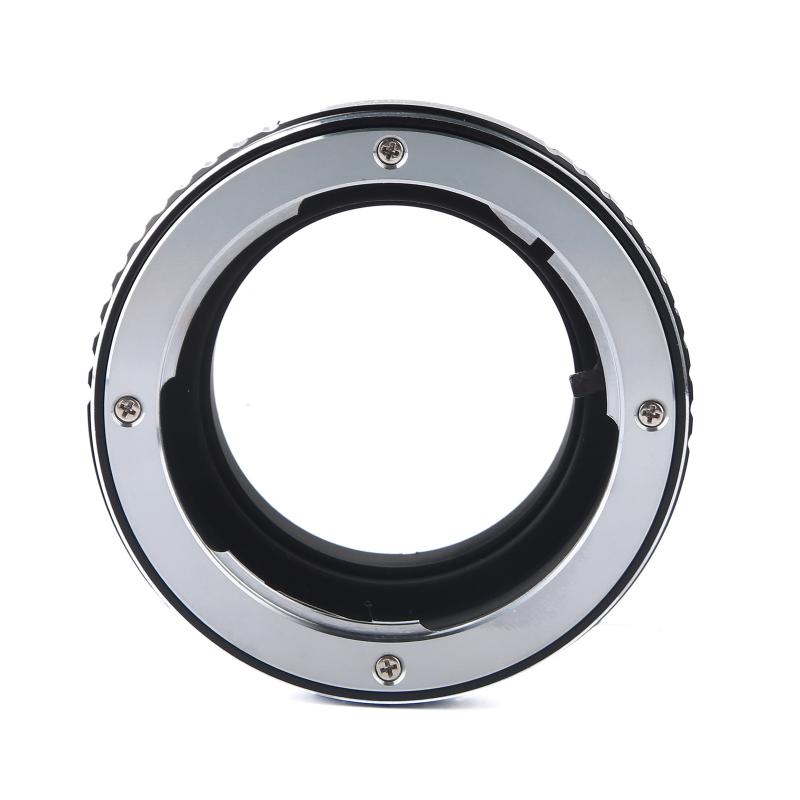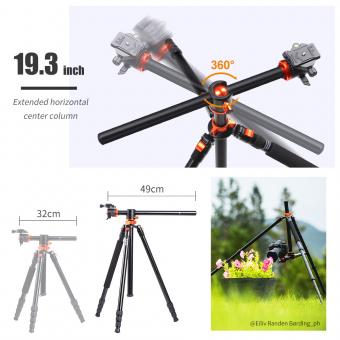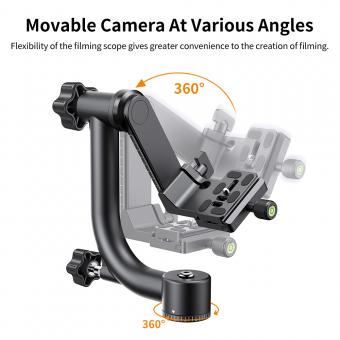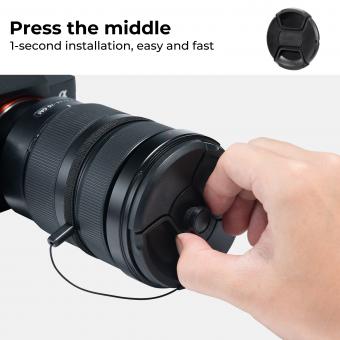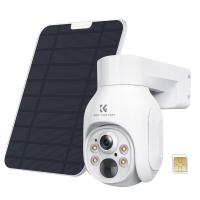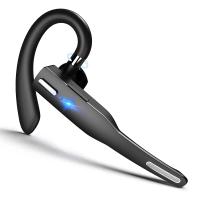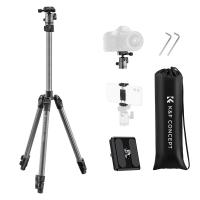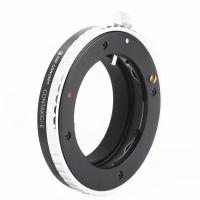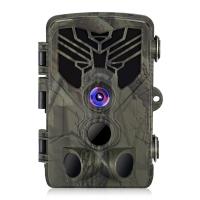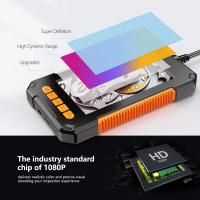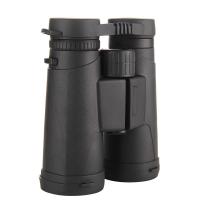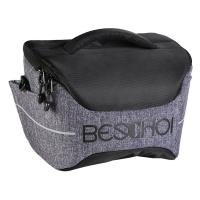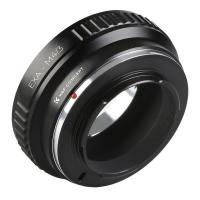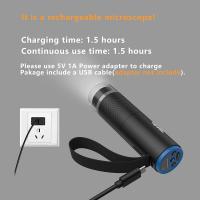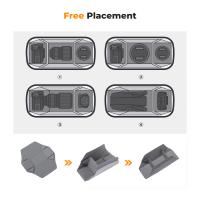How To Buy Camera Filters ?
To buy camera filters, you can follow these steps:
1. Determine the type of filter you need: There are various types of camera filters available, such as UV filters, polarizing filters, neutral density filters, and color filters. Decide which type suits your needs.
2. Research and compare: Look for reputable camera stores or online retailers that sell camera filters. Read reviews and compare prices to find the best options.
3. Check compatibility: Ensure that the filter you choose is compatible with your camera's lens diameter. Filters come in different sizes, so make sure to select the correct one.
4. Purchase: Once you have decided on the type and size of the filter, add it to your cart and proceed to checkout. Provide the necessary information and complete the payment process.
5. Receive and test: After purchasing the filter, wait for it to be delivered. Once you receive it, attach it to your camera lens and test it out to see the effects it produces.
Remember to take proper care of your camera filters by cleaning them regularly and storing them in a safe place to maintain their quality and longevity.
1、 Types of camera filters and their uses in photography
Types of camera filters and their uses in photography
Camera filters are essential accessories for photographers as they can enhance images, add creative effects, and protect the camera lens. There are various types of camera filters available in the market, each serving a specific purpose. Here are some common types of camera filters and their uses in photography:
1. UV Filters: UV filters are primarily used to protect the camera lens from scratches, dust, and moisture. They also reduce the bluish cast that can occur in outdoor photography, especially at high altitudes.
2. Polarizing Filters: Polarizing filters are used to reduce glare and reflections from non-metallic surfaces such as water or glass. They also enhance color saturation and contrast, making skies appear bluer and clouds more defined.
3. Neutral Density (ND) Filters: ND filters reduce the amount of light entering the camera, allowing for longer exposures or wider apertures in bright conditions. They are commonly used in landscape photography to create motion blur in waterfalls or capture light trails in low-light situations.
4. Graduated Neutral Density (GND) Filters: GND filters have a gradient of darkness that helps balance the exposure between the bright sky and darker foreground in landscape photography. They are particularly useful when shooting scenes with a significant difference in brightness between the sky and the ground.
5. Infrared (IR) Filters: IR filters block visible light and allow only infrared light to pass through, resulting in unique and surreal images. They are used to capture landscapes, portraits, and architecture with an otherworldly appearance.
When buying camera filters, it is important to consider factors such as filter size, compatibility with your camera lens, and the quality of the filter material. Additionally, researching customer reviews and seeking advice from experienced photographers can help you make an informed decision.
In conclusion, camera filters are versatile tools that can greatly enhance your photography. Understanding the different types of filters and their uses will allow you to experiment with various effects and capture stunning images.
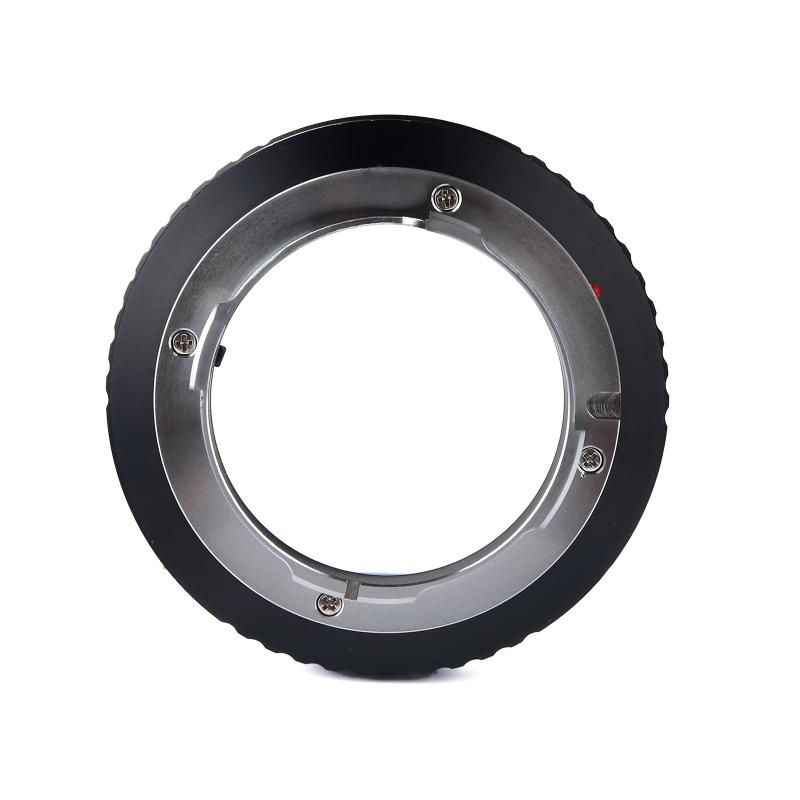
2、 Factors to consider when buying camera filters
Factors to consider when buying camera filters:
1. Filter Type: There are various types of camera filters available, such as UV filters, polarizing filters, neutral density filters, and color filters. Each type serves a different purpose, so it's important to determine which one suits your needs before making a purchase.
2. Filter Size: Camera filters come in different sizes, so it's crucial to choose the right size that fits your camera lens. Most lenses have the filter size mentioned on the front, making it easier to select the appropriate filter.
3. Quality: The quality of the filter is essential as it directly affects the image quality. Investing in high-quality filters ensures better light transmission, minimal distortion, and reduced flare. Look for reputable brands that offer durable and optically superior filters.
4. Compatibility: Ensure that the filter you choose is compatible with your camera lens. Some lenses have a specific thread size or may require a filter holder system. Check the lens specifications or consult with a professional to ensure compatibility.
5. Price: Consider your budget when buying camera filters. While it's tempting to opt for cheaper options, compromising on quality may result in subpar images. Strike a balance between affordability and quality to get the best value for your money.
6. Latest Point of View: With advancements in technology, some filters now come with additional features like anti-reflective coatings, water and oil repellent coatings, and scratch-resistant surfaces. These features can enhance the durability and performance of the filter, so it's worth considering them when making a purchase.
In conclusion, when buying camera filters, consider the type, size, quality, compatibility, price, and any additional features that may enhance your photography experience. Researching and reading reviews can also provide valuable insights into the performance and reliability of different filters.
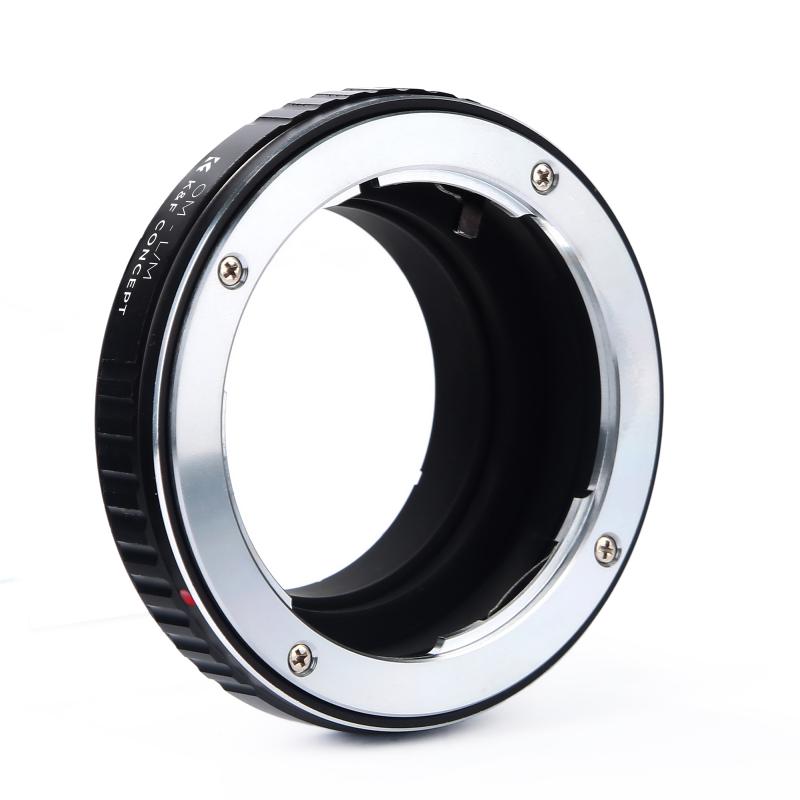
3、 Popular brands and models of camera filters
Popular brands and models of camera filters have evolved over the years, offering photographers a wide range of options to enhance their images. When it comes to buying camera filters, there are a few key factors to consider, such as the type of filter, size compatibility, and the reputation of the brand. Here's a guide on how to buy camera filters:
1. Determine the type of filter you need: There are various types of camera filters available, including UV filters, polarizing filters, neutral density filters, and graduated filters. Each serves a different purpose, so it's important to understand which one will best suit your needs.
2. Check the filter size compatibility: Camera lenses come in different sizes, so it's crucial to ensure that the filter you choose is compatible with your lens. Most filters have the size indicated on the rim, making it easy to match with your lens diameter.
3. Research popular brands: Some well-known brands in the camera filter industry include B+W, Hoya, Tiffen, and Lee Filters. These brands have established a reputation for producing high-quality filters that deliver excellent results.
4. Read reviews and seek recommendations: Before making a purchase, it's always a good idea to read reviews from other photographers who have used the filters you're interested in. Additionally, seek recommendations from professionals or photography communities to get insights into the latest trends and advancements in camera filters.
5. Consider the latest advancements: Camera filter technology is constantly evolving, so it's worth considering the latest advancements in the market. For example, some filters now come with anti-reflective coatings to minimize flare and ghosting, while others offer improved color accuracy and image clarity.
Remember, buying camera filters is an investment in your photography gear, so it's important to choose wisely. By considering the type of filter you need, checking compatibility, researching popular brands, reading reviews, and staying updated on the latest advancements, you can make an informed decision and find the perfect camera filter for your needs.
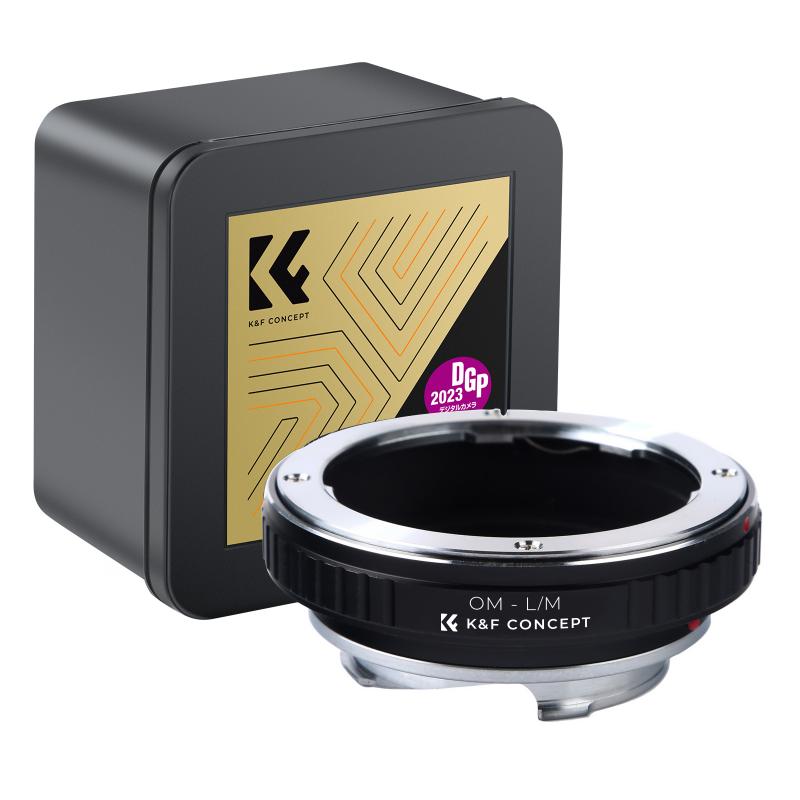
4、 Where to buy camera filters - online and offline options
Where to buy camera filters - online and offline options
Camera filters are essential accessories for photographers looking to enhance their images and achieve creative effects. Whether you're a professional or an amateur photographer, finding the right camera filters is crucial. Here are some options for purchasing camera filters, both online and offline.
Online options:
1. E-commerce websites: Online marketplaces like Amazon, B&H Photo Video, and Adorama offer a wide range of camera filters from various brands. These platforms provide detailed product descriptions, customer reviews, and competitive prices. They also offer the convenience of doorstep delivery.
2. Manufacturer websites: Many camera filter manufacturers have their own online stores. Visiting the official websites of brands like Hoya, Tiffen, and Lee Filters allows you to explore their entire product range, read product specifications, and make purchases directly from the manufacturer.
Offline options:
1. Camera stores: Local camera stores are a great place to buy camera filters. They often have knowledgeable staff who can guide you in choosing the right filter for your needs. You can physically examine the filters, compare different brands, and get hands-on experience before making a purchase.
2. Photography exhibitions and trade shows: These events provide an opportunity to interact with industry professionals, explore a wide range of camera filters, and learn about the latest advancements in filter technology. Many manufacturers and retailers showcase their products at these events, offering exclusive discounts and deals.
It's worth noting that due to the COVID-19 pandemic, online options have become increasingly popular and convenient. However, if you prefer the in-person experience and want to support local businesses, visiting a camera store or attending photography events can still be a viable option.
In conclusion, whether you choose to buy camera filters online or offline, it's important to research and compare different options to find the best filters for your specific photography needs.
